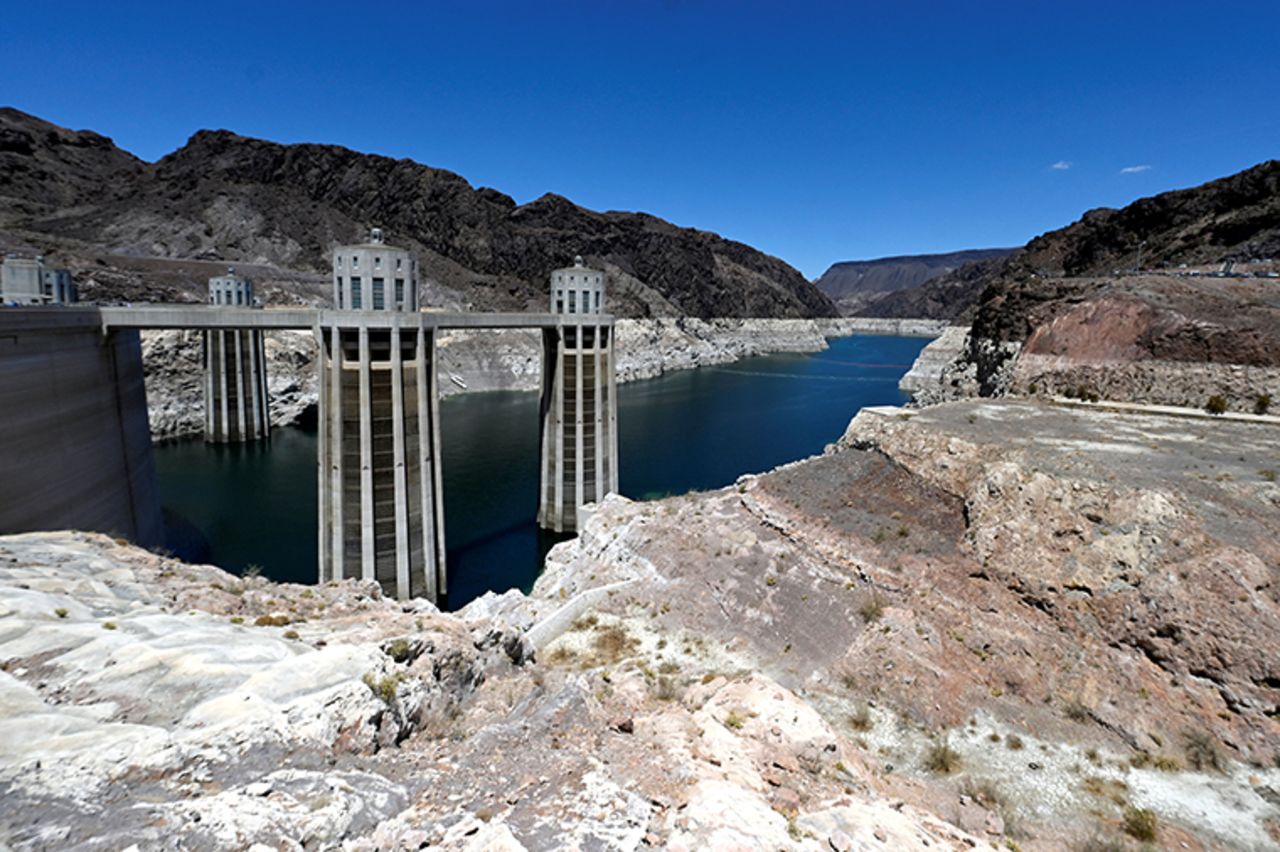Lake Mead has recently experienced a notable rise in water levels, currently measured at 1,063 feet—17 feet higher than the critically low levels recorded in the fall of 2022. This increase has fostered optimism about the upcoming water year, which began on October 1.
Contributing factors to this positive change include above-average precipitation and snowmelt from the previous winter, which have played a crucial role in stabilizing the reservoir’s water levels throughout 2023.
The lake faced significant challenges due to prolonged drought conditions, particularly during the summer of 2022 when water levels reached alarming lows. The turning point came with improved weather patterns during the winter of 2022, which enabled a gradual recovery over the course of 2023.
Although the current water level is 17 feet higher than last year’s low, it remains 3 feet lower than the levels recorded at the same time in 2023, indicating a need for continued monitoring and management.

Colby Pellegrino, the deputy general manager for the Southern Nevada Water Authority, has highlighted the impact of water releases from Lake Powell on Lake Mead’s levels. According to Pellegrino, these changes are closely linked to annual weather patterns, suggesting that fluctuations in upstream water management directly influence the reservoir’s health. Her assessment reflects a broader optimism for the Colorado River system as a whole, indicating a more secure position than what was observed in 2022.
Historically, Lake Mead’s water levels tend to rise at the start of the water year and continue to improve into the early spring months, largely due to snowmelt. However, levels usually start to decline during the summer when water usage increases and drier weather prevails. Although January 2023 saw one of the most significant recoveries since 2019, the lake still has a considerable distance to cover to reach its full capacity of 1,229 feet.
Nevertheless, challenges remain, particularly in light of a recent dry spell affecting the Las Vegas area. The National Weather Service reported that Las Vegas has gone 100 consecutive days without measurable rainfall, which could impede recovery efforts. Furthermore, the emergence of a La Niña climate pattern this winter may bring drier conditions to the southern United States, complicating efforts to sustain or increase water levels in Lake Mead as it impacts overall weather patterns across the region.

